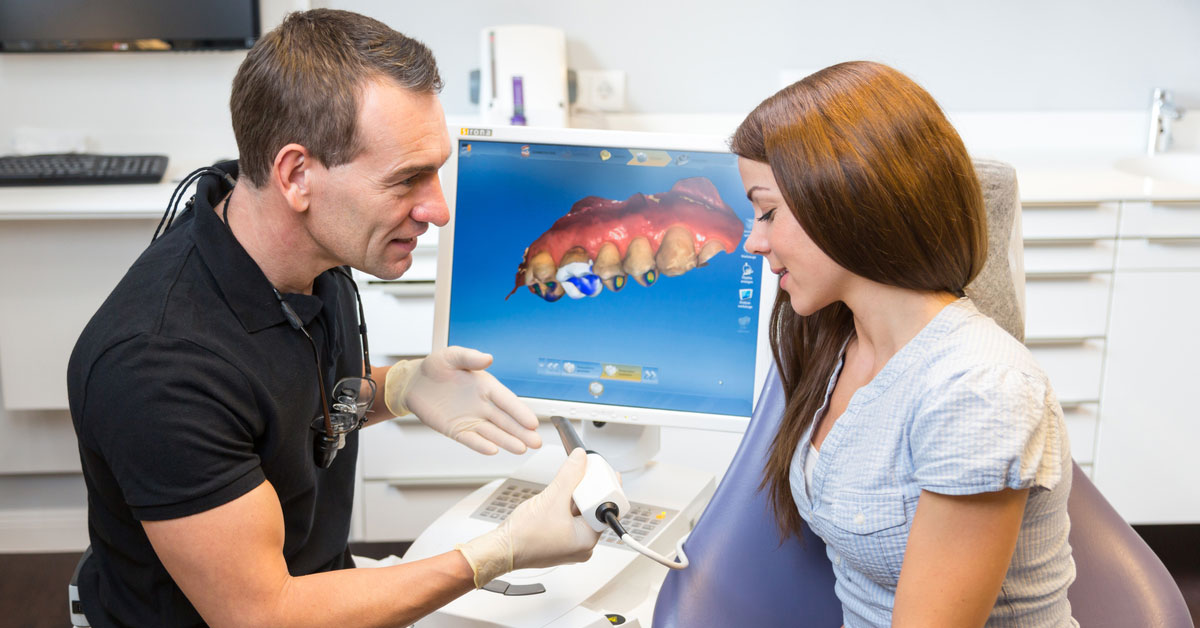
- Home
- About
- Our Team
- Services
- Postoperative Care
- Smile Gallery
- Medical Tourism
- Blog
- Offers
- Contact Us
- Home
- About
- Our Team
- Services
- Postoperative Care
- Smile Gallery
- Medical Tourism
- Blog
- Offers
- Contact Us

Missing a tooth is almost like missing your beautiful smile. Thanks to the restorations that comes in handy to restore the confident smile in such patients. There are two ways of getting a restoration done, cement based or screw retained dental implant restorations. Both of them has their own Pros and cons. The clinical decision as to which suits the best for the patient is based on many factors like indication, retention provided, aesthetics and clinical performance.
Cement Dental Restorations:
These are often the preferred method of restoring dental implants by many dentists. They have been under use traditionally for over long years, hence gaining the confidence of most doctors. Advantages of cement restorations are that it’s ideal for fixing crowns in place. The passive fit is easily achieved between the abutment and restoration because of the thin layer of cement between them. Easy to work with in patients with limited mouth opening and they are ideal for people with excessive chewing habits. Lacking screw access hole, they offer a comfortable occlusal table and easier control of occlusion.
Disadvantages being they are not easily retrievable, especially when stronger cements are being used. Removing excess cement is also a challenge causing mucositis or peri-implantitis.
Screw Retained Restorations:
Screw-retained restorations on the other hand have the advantage that they can be comfortably retrieved. They require a minimal amount of inter occlusal space and are easier to remove. When interventions are required for hygiene maintenance, repair works or surgical works they are easily unscrewed. Removing the restorations do not cause any damage to the teeth. There is no problem of any cement retention after removal of the restoration. Screw-retained restorations also provide better control on the implant’s hygiene than cement dental restorations. There is nothing much to worry about gingivitis associated with the removal. If a crown gets loosened, it’s easier to remove on with the screw retained restorations, by unscrewing them causing no damage to the abutment.
The disadvantage being placing an access hole for such restorations. The strength and performance of the dental implant depends on the angle and orientation of the implants. It can also be less appealing that the cement based restorations.
It’s always best to seek professional help to get the best suitable restorations that can be done for you. Dental implants rule the day, and it requires very little maintenance either way and its unconditional stability is the reason for choosing an implant to replace a missing tooth. For more details please book an appointment with Oris Dental Centre.